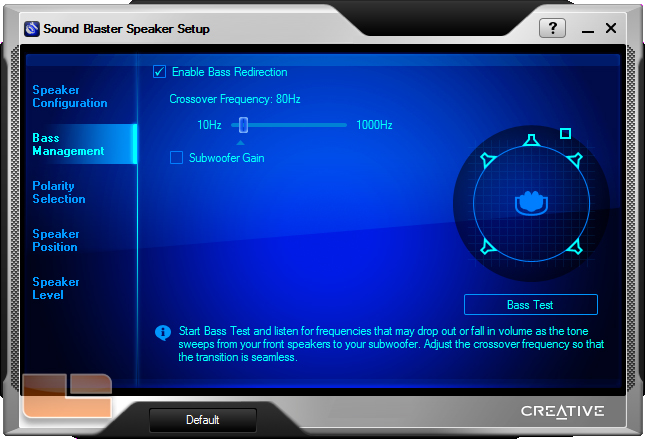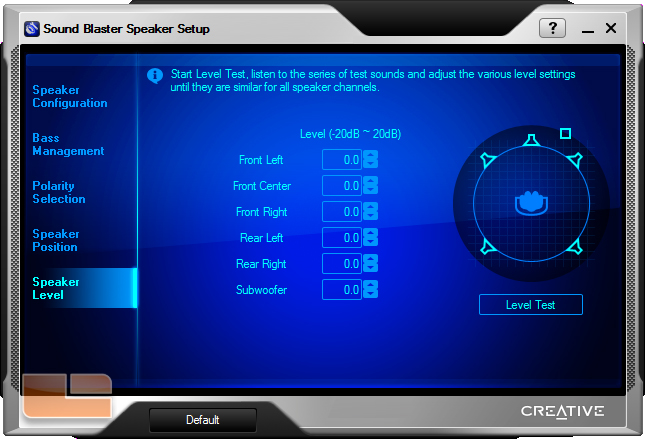Hello all,
so this is a question I’ve been wondering about for a long time. Sorry if this post gets a little long.
TL;DR; 7.1 possible without an AVR, and how to choose an AVR if not?
So one thing before going into the real questions. I know 5.1/7.1 sets for PC exist, but the speakers are neither high quality nor well balanced for a Home Theater setup. I recently got a nice new TV because I like watching movies, and I like high quality that lasts for (hopefully) years to come. I’m not an audiophile either, but I still like having good sound, since it does have a noticeable impact on watching a movie. So those sets are just not an option, I’m talking about getting “real” speakers to work.
Ever since the Asus Xonar card launched I was wondering, is it even possible to build a “real” Home Theater setup with this? The reason I am asking is that I don’t like having yet another device I need to take care of when watching a movie. I guess the card is well known, but here is a link:
Now I’m not an audio-geek, so I’m sorry if I’m getting this wrong. But from what I gathered, those outputs are just a pre-amp. So as I understand one would need active speakers (or an actual amp per channel?) to be able to use this. But wouldn’t one run into all kinds of volume/balance issues with active speakers? AV Receivers can be calibrated to a room, and have a room correction. I assume this wouldn’t be possible with a card like this?
If that is the case, what is the point of such a card?
Not to mention that Active Speakers aren’t exactly cheap, though of course passive ones can be quite pricey as well.
Also, assuming one were to build an HTPC with a card like this, would it even be possible to add external sources (e.g. BD-Player, Consoles, …)? From searching around there seems to be no method of inputting the signals an AV would be able to receive. I’m just wondering, why not?
So with the assumptions above that this wouldn’t be working anyway I started looking into AV Receivers some more. As I can see the cost for an AV Receiver ranges from a few hundred $/€ to well over 4000 for a model.
But the question is, how much should a reasonable person pay for an AV receiver considering it should last for a few years and should (maybe) be expandable with more speakers (looking at more Atmos/DTS:X content coming out) down the road.
What should one look for when choosing a receiver in the first place? How does one know what “the right one” is? Of course it should support the current standards since those will probably be the fallback for future releases when new standards come out. But beyond that I’m pretty much lost as to what is important on an AV receiver.
I’m also not sure how to know if a given choice is “the right one”, partly because I don’t know which features one should look for, and partly because it’s not all that easy to check if a device has a given feature. Reviews seem to be rather scarce from what I see, and while looking at the user’s manual is fine, sometimes those aren’t very detailed either.
Sooo… any tips?



 I tend to not spend a lot of money even when I have it for whatever I want
I tend to not spend a lot of money even when I have it for whatever I want 

 I can agree with that.
I can agree with that.